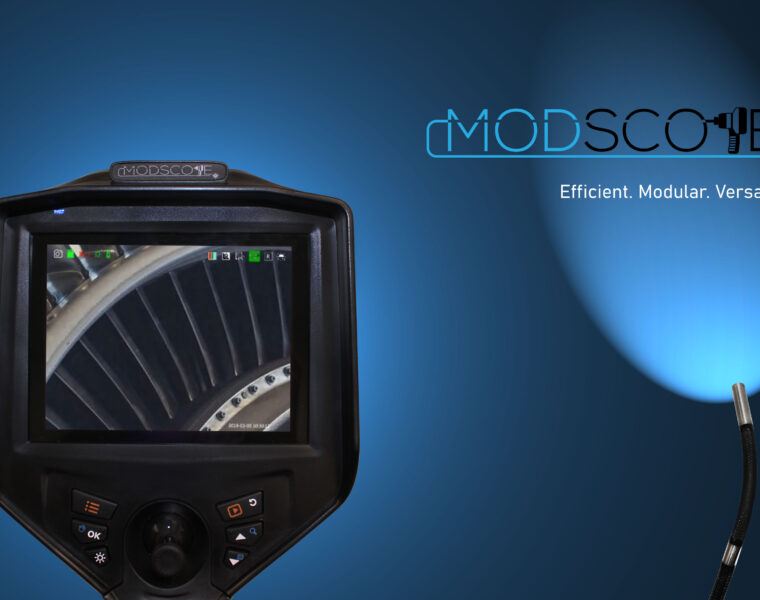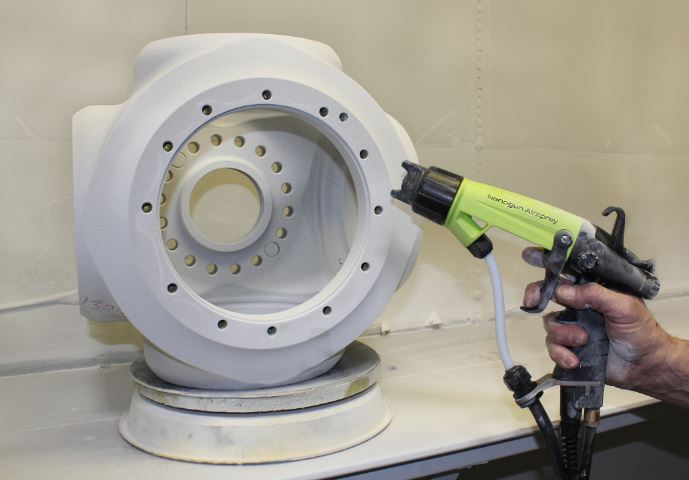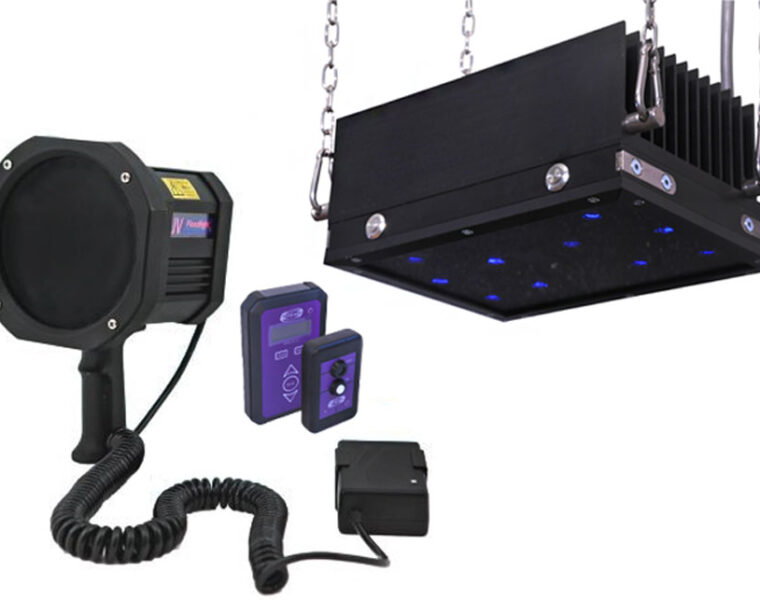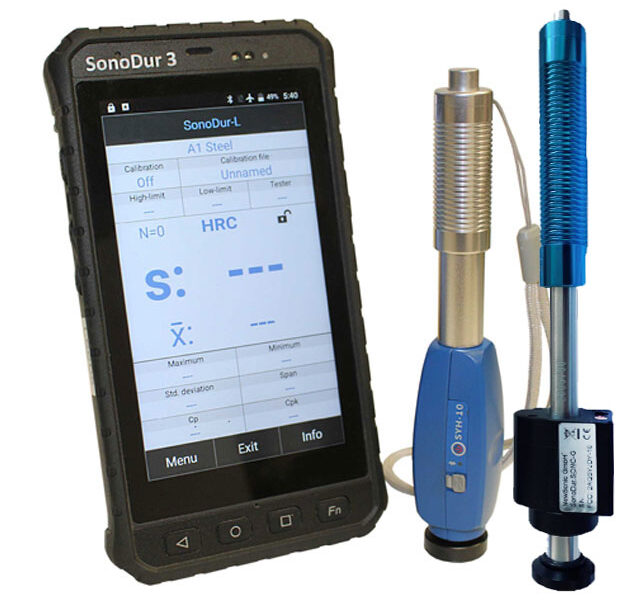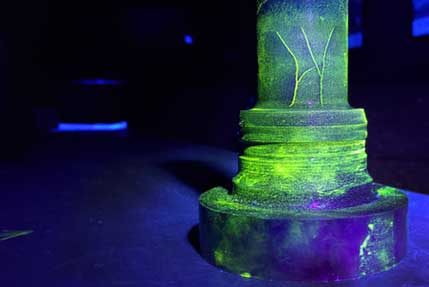
Berg Engineering has been updated on the use of UV-A LED bulbs in mercury vapor lamps per NDT Auditor Advisory 19-005. Questions related to audit criteria for AC7114/1 and AC7114/2 will be updated to require compliance to the ASTM E3022 standard.
There are concerns about using UV-A LED bulbs to replace mercury vapor bulbs in fan-cooled conventional mercury vapor lamps. The UV-A LED bulbs in question can be screwed into the socket and used with the accessories associated with the original bulb. 365 ± 5 nm is the peak output wavelength for UV-A LED bulbs, meeting the intent of question 3.5.1 in AC7114/1 and question 3.3.1 in AC7114/2 audit criteria.
However, UV-A LED bulbs currently used in conjunction with mercury vapor lamp fixtures do not meet ASTM E3022 requirements. This standard requires certification of the entire lamp, including housing, cooling system, electronic circuit design, diodes, filter, optical elements, and power supply combination. When UV-A LED bulbs are used in a conventional lamp fixture designed for mercury bulbs, heat degradation and other variables may cause the 365 ± 5 nm compliance to change. As a result, Nadcap subscribers should not use these replacement bulbs during final inspections for aerospace products.
According to best practices, ASTM E3022 standard requirements should be met for UV-A LED bulbs. It is recommended to upgrade to lights that satisfy this standard and do not degrade over time due to their fixtures. If a UV-A LED bulb is found in use as a mercury vapor replacement bulb during an audit, the Auditor can raise a major NCR to the Auditee to evaluate the impact of the hardware on UV-A LED bulbs.
If you have questions about how to ensure compliance with your UV-A equipment, Berg Engineering can assist you. To contact us, call 1-847-577-3980, or email Info@BergEng.com.

